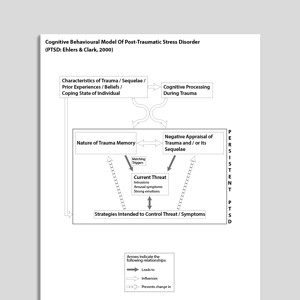Professional version
Offers theory, guidance, and prompts for mental health professionals. Downloads are in Fillable PDF format where appropriate.
Client version
Includes client-friendly guidance. Downloads are in Fillable PDF format where appropriate.
Editable version (PPT)
An editable Microsoft PowerPoint version of the resource.



![[Free Guide] Critical Illness Intensive Care And Post-Traumatic Stress Disorder (PTSD)](https://media-engine-production-public.s3.eu-west-2.amazonaws.com/28384/conversions/%2A---critical_illness_intensive_care_and_ptsd_en-gb_Guides_Cover-preview.jpg)



